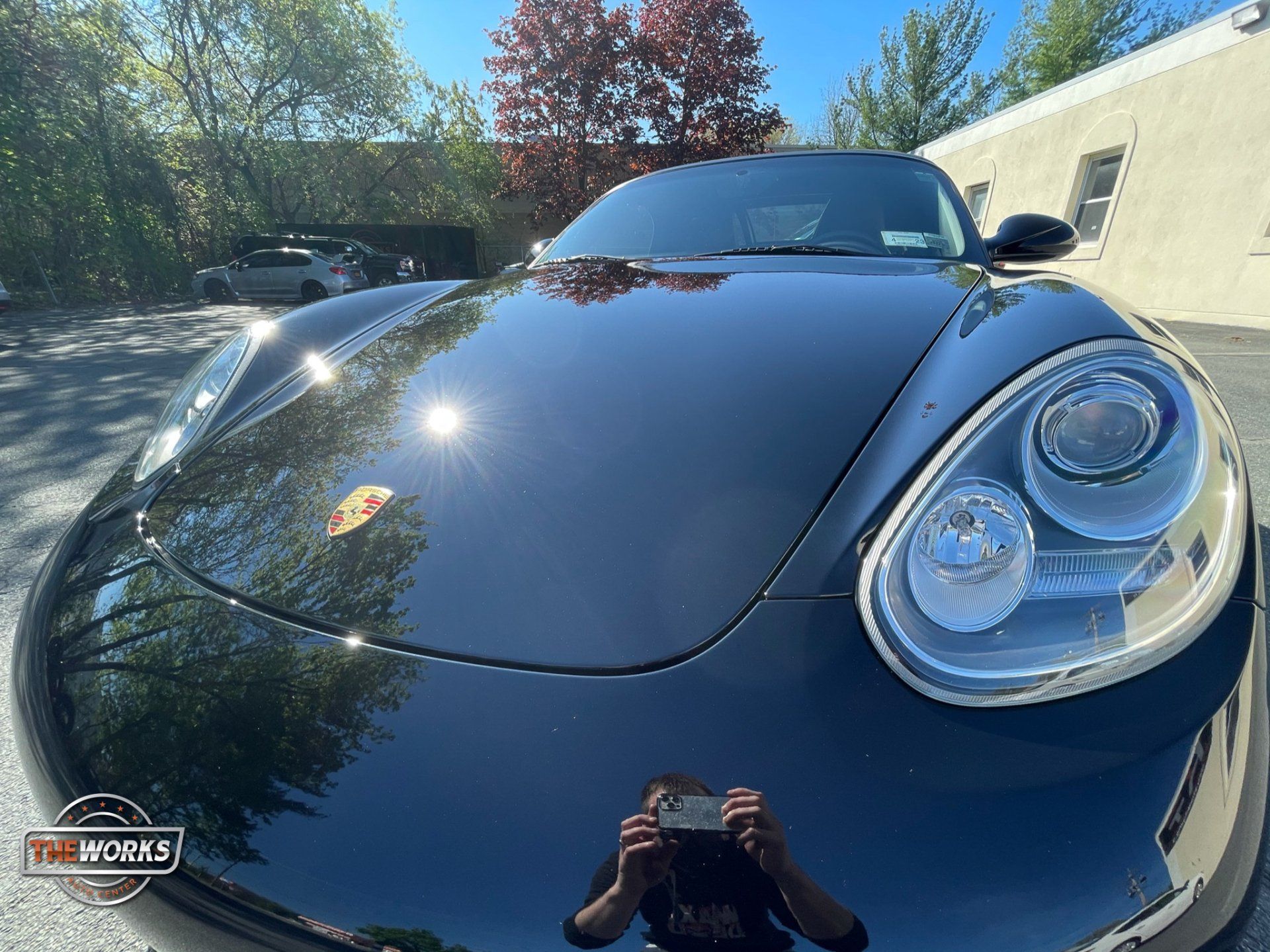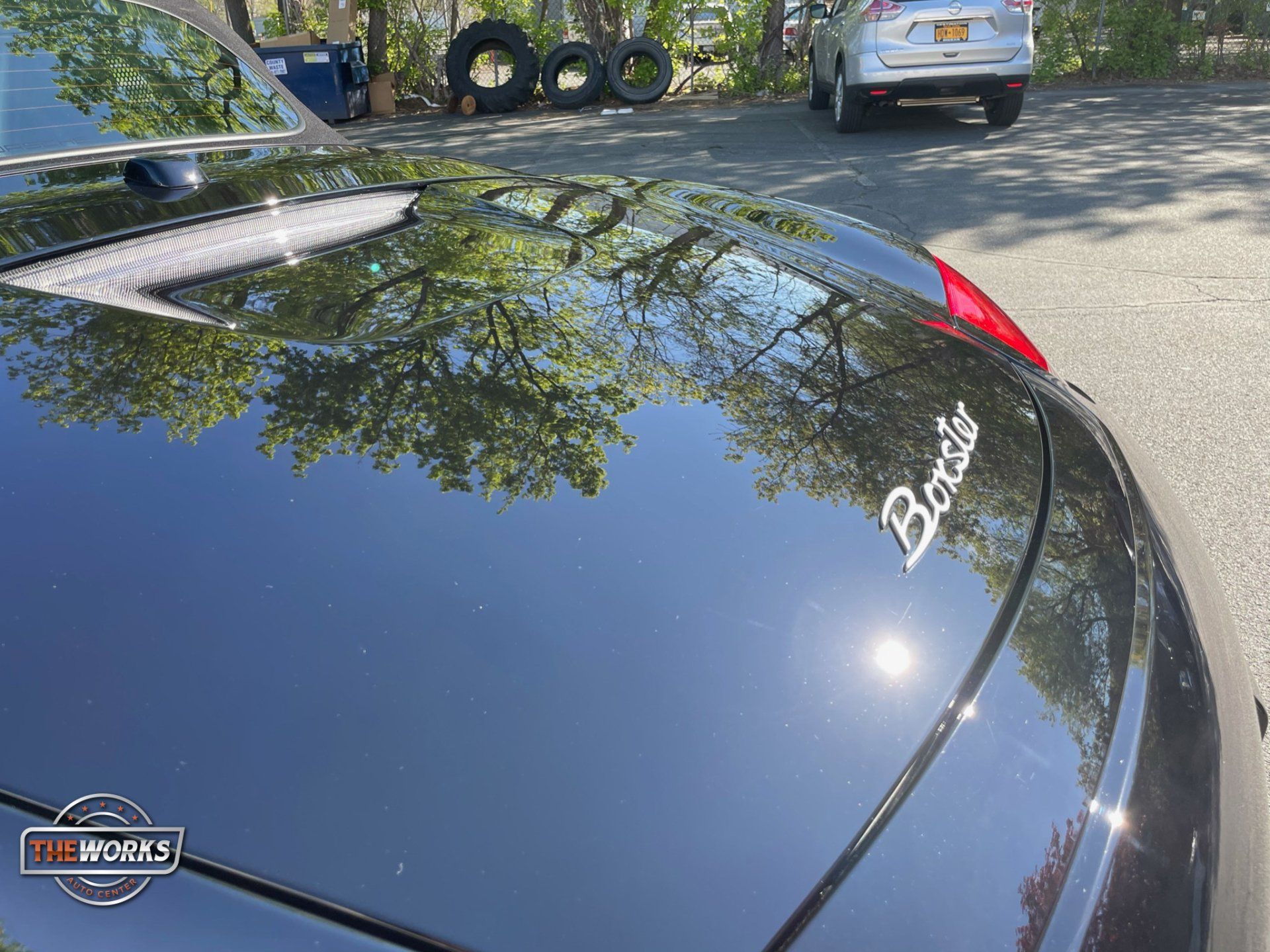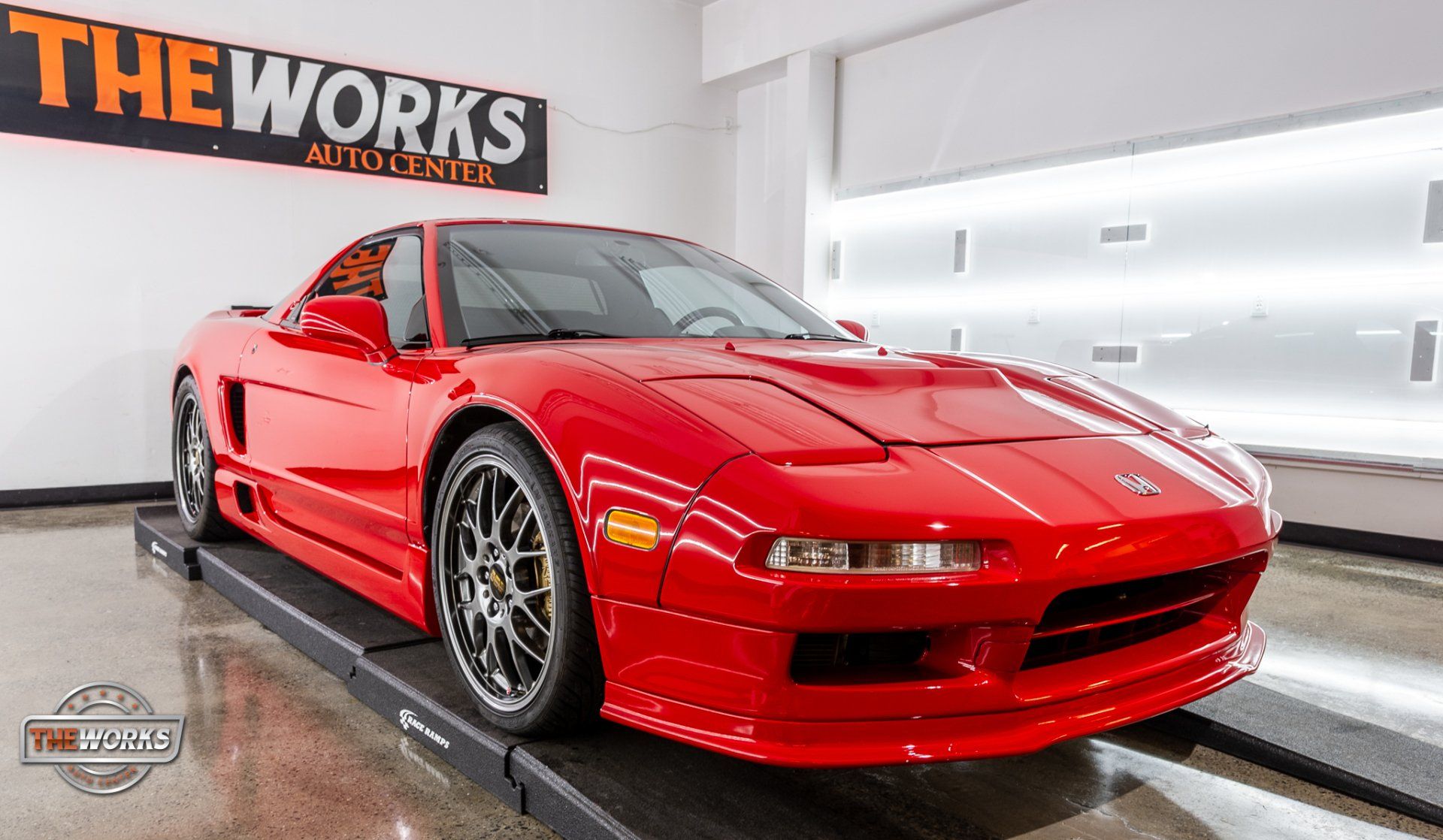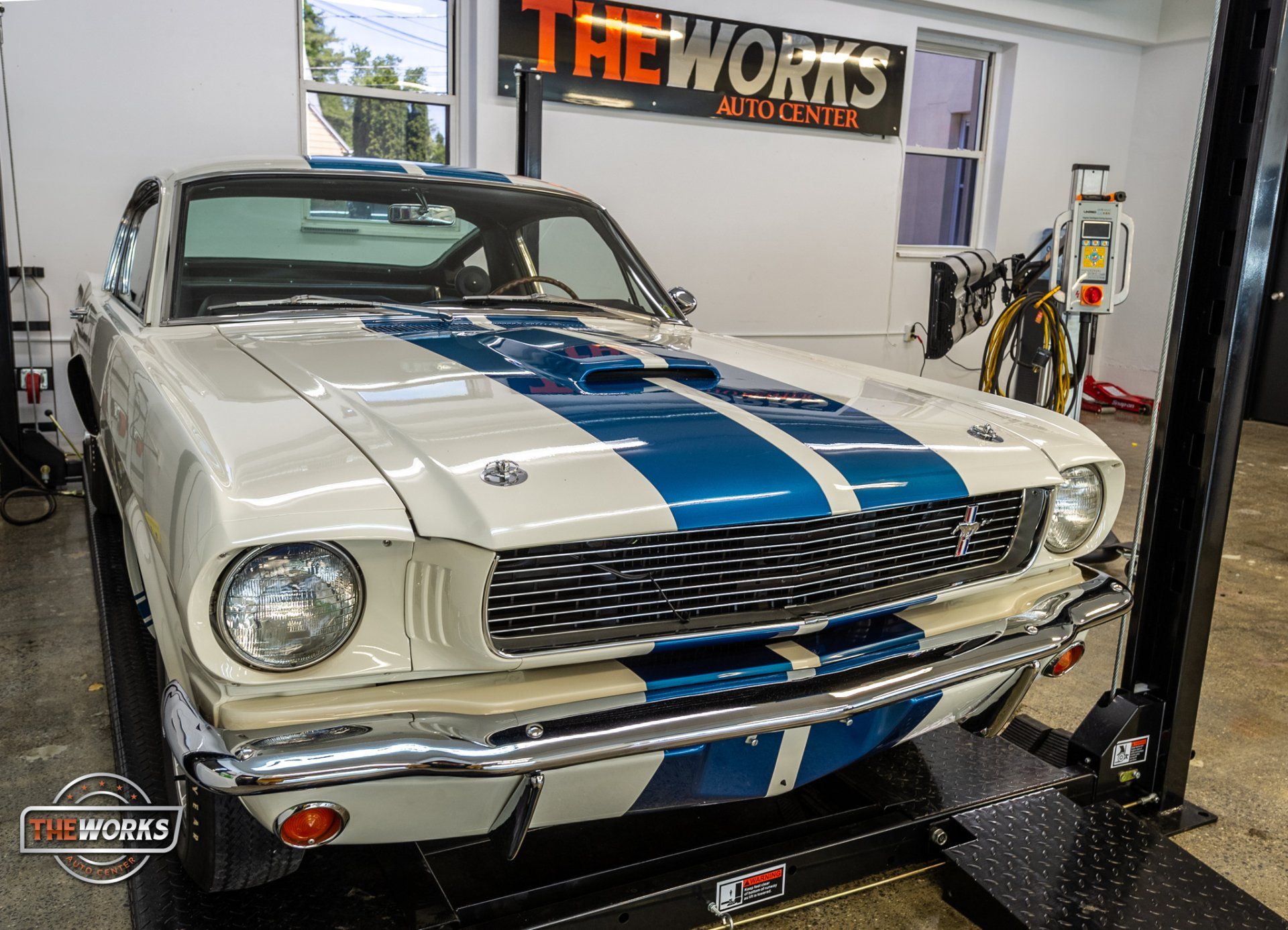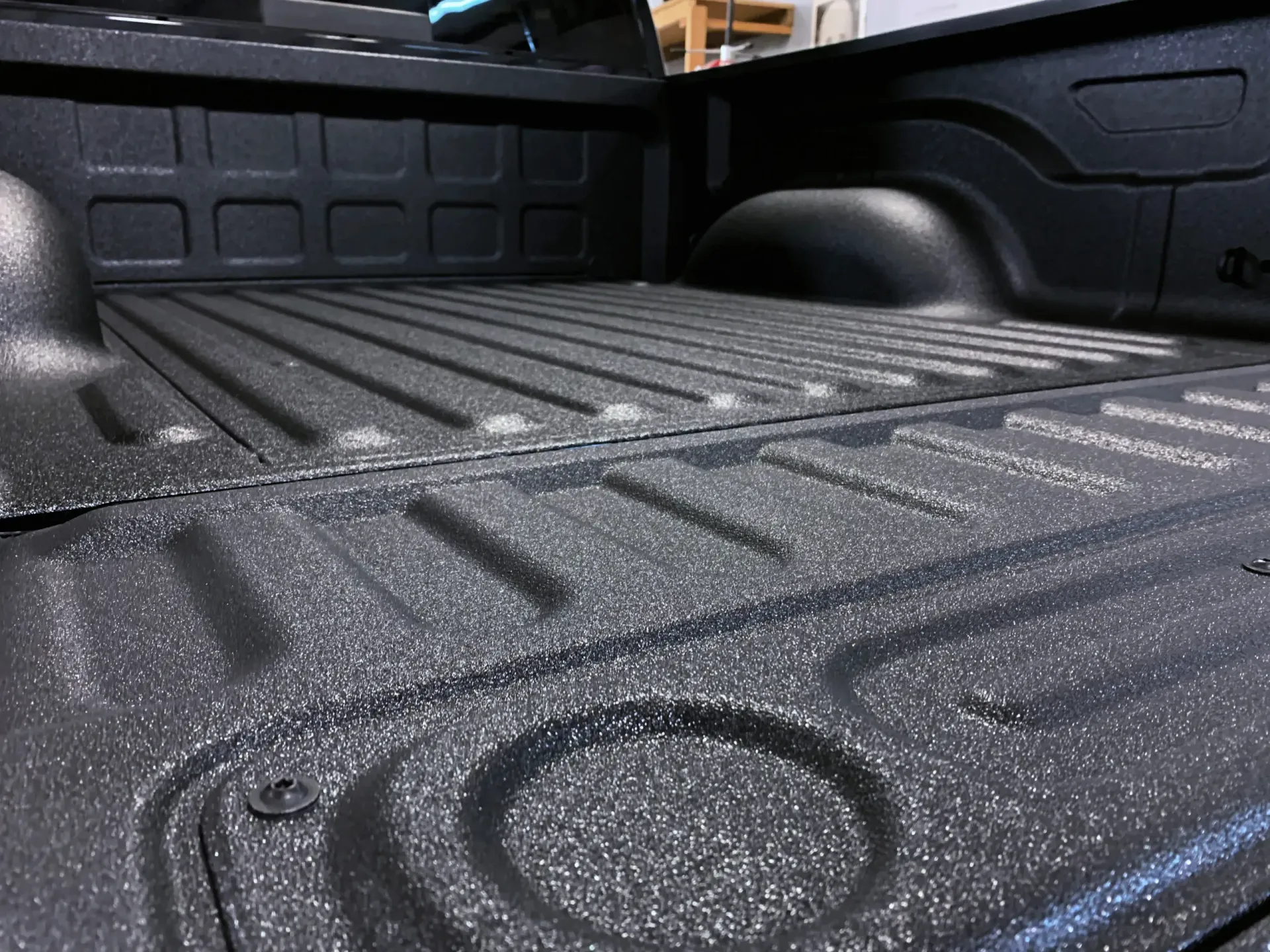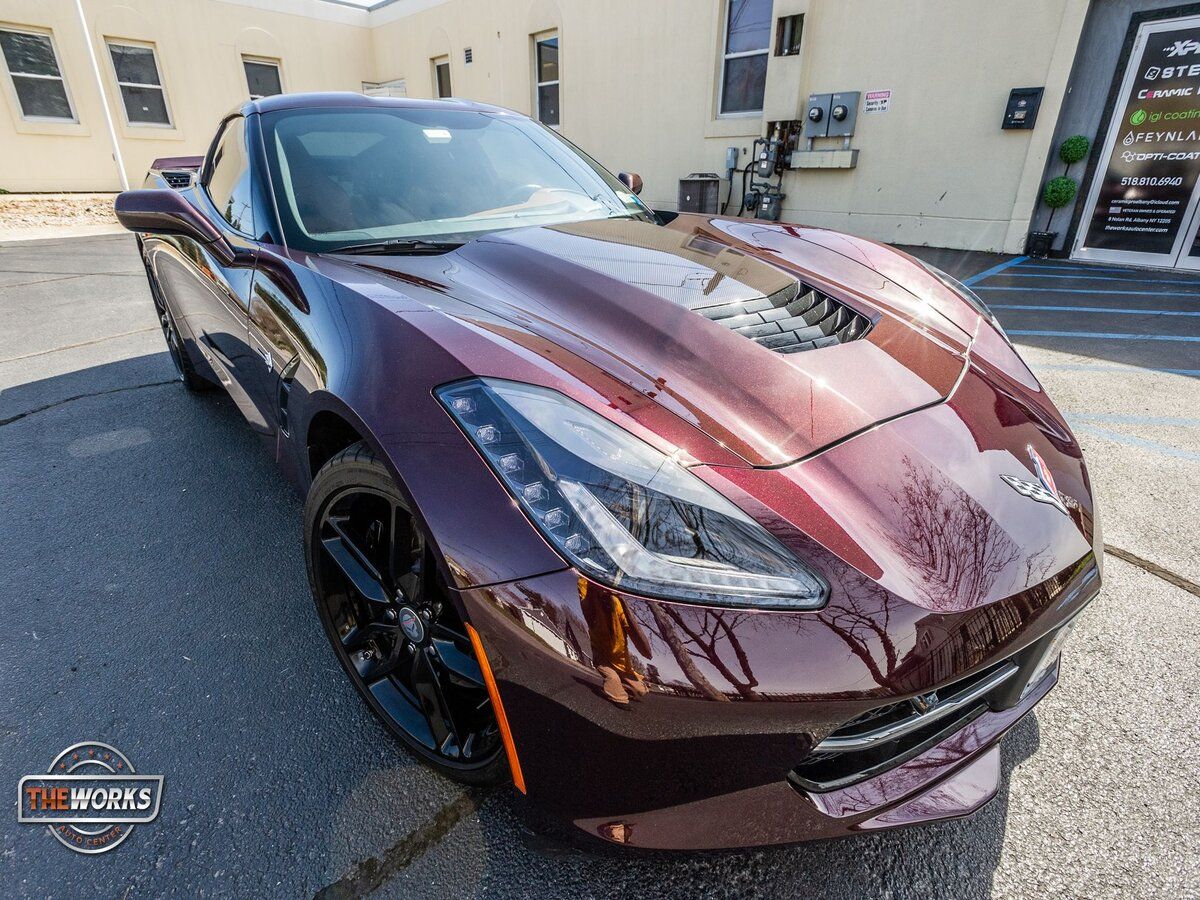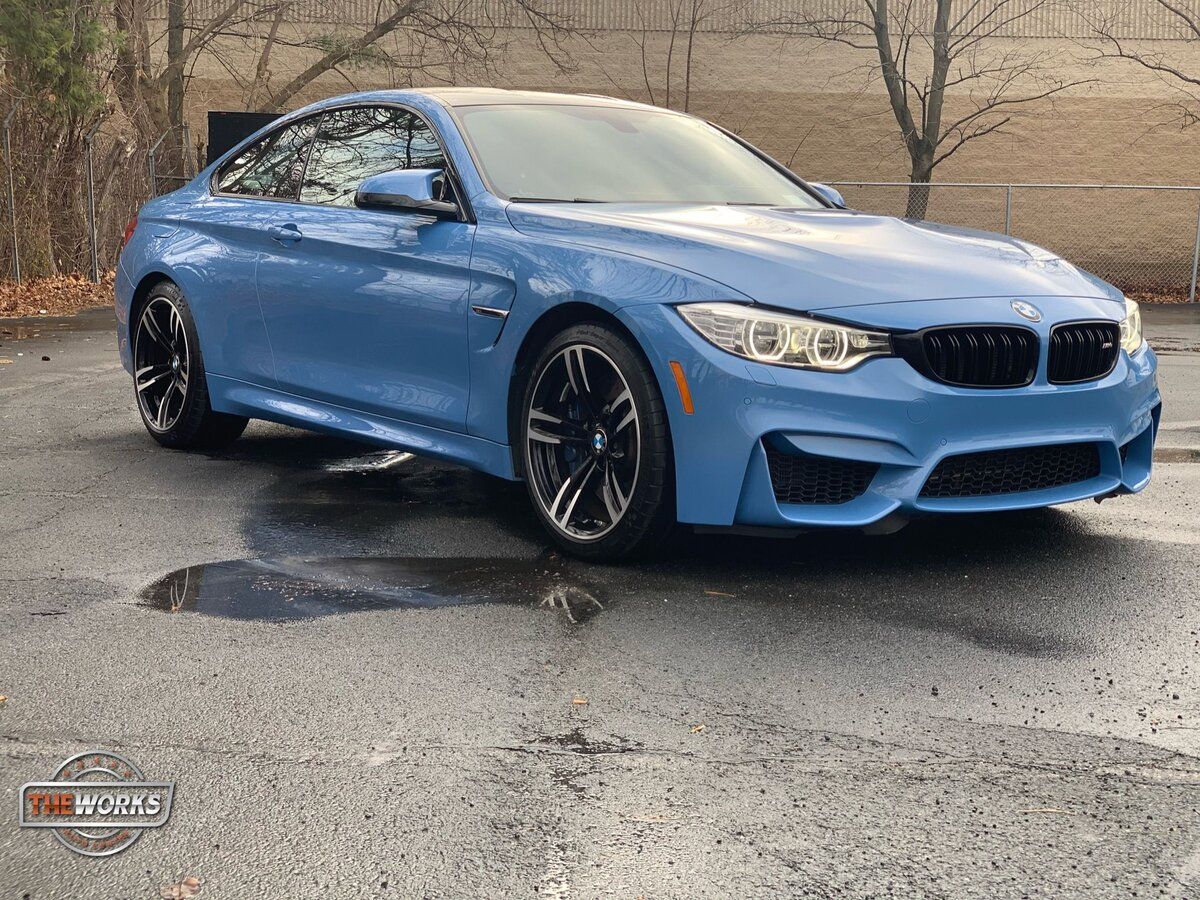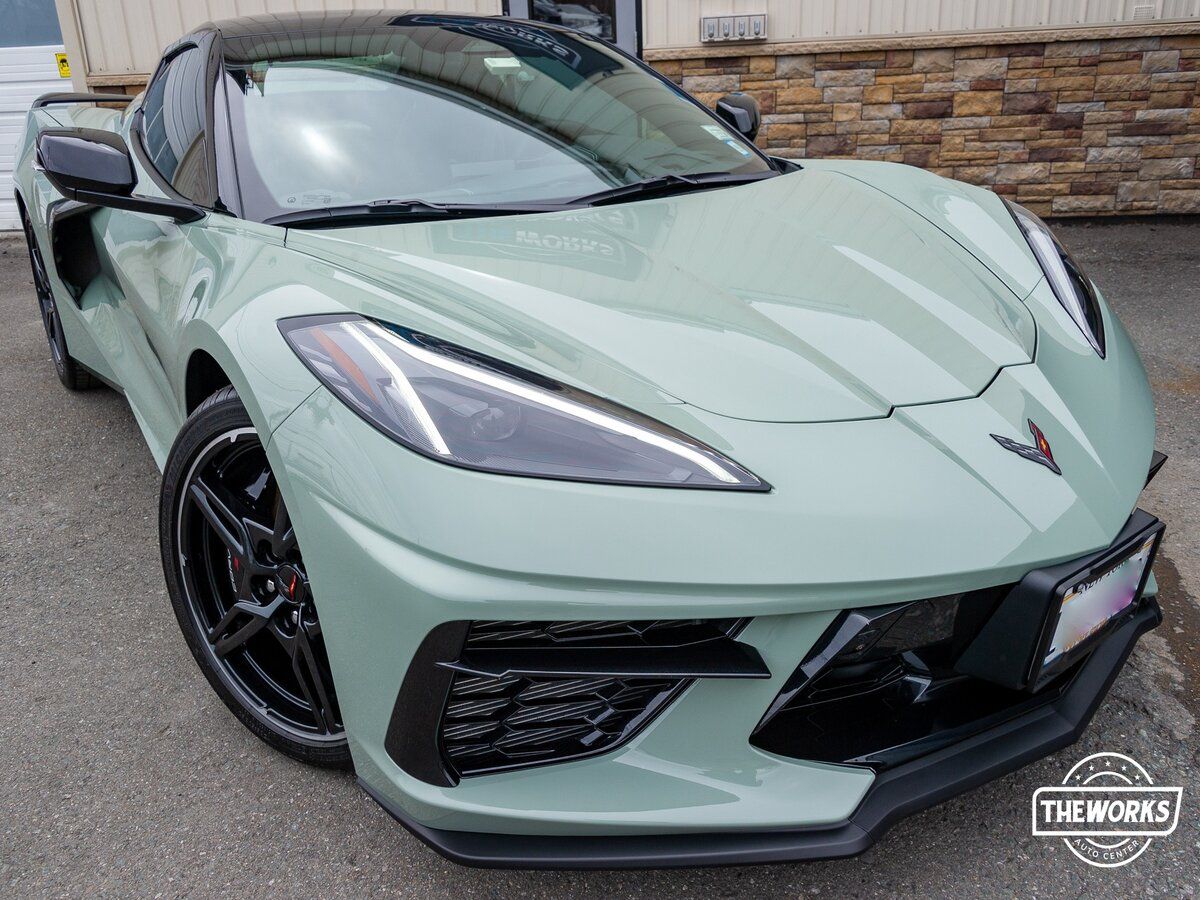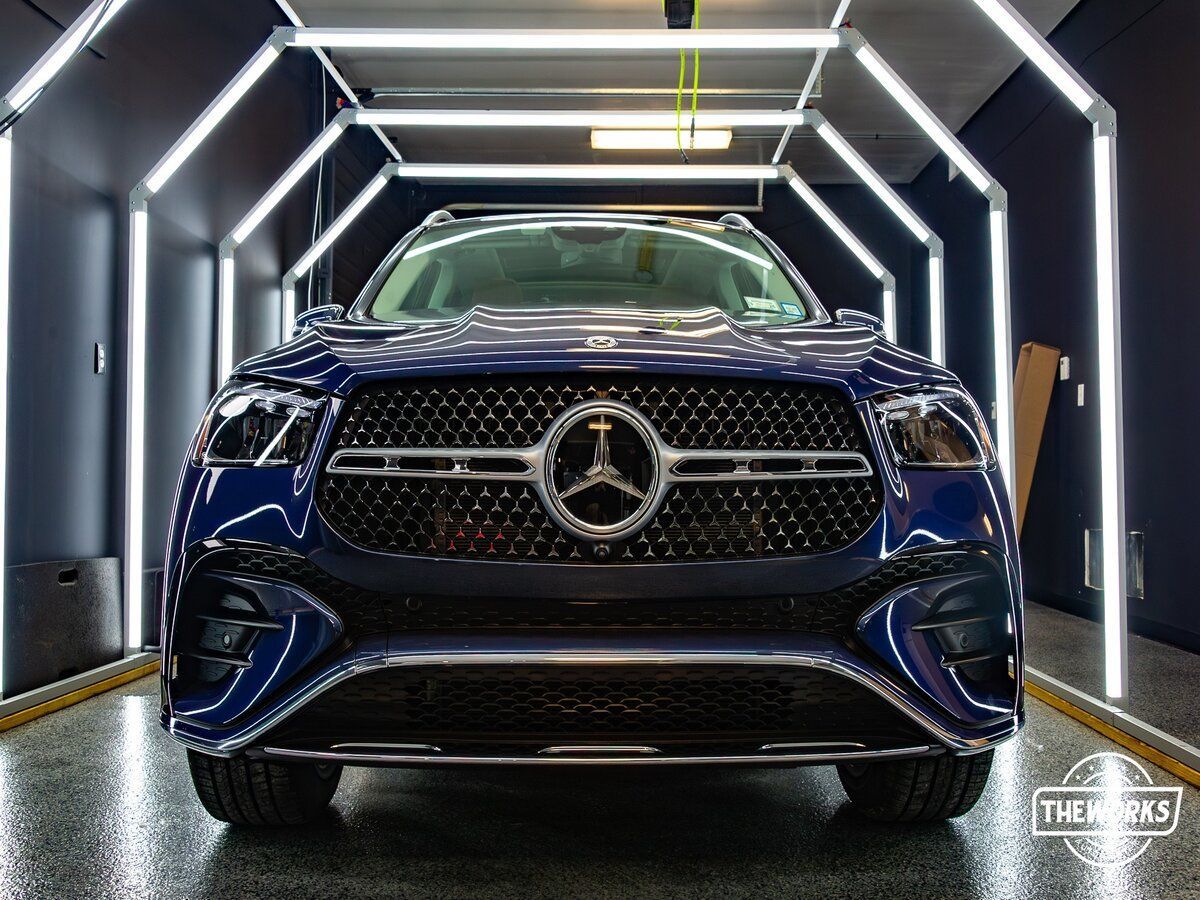The Latest Innovations in Paint Protection Film Technology
In automotive maintenance, paint protection film (PPF) emerges as an essential method for maintaining a vehicle's visual attractiveness and worth. We place this clear, resilient film on the car's exterior to protect it from environmental harm. Throughout the years, paint protection film (PPF) technology has undergone substantial development, leading to innovations that improve its functionality and attractiveness. In this detailed blog post, we will delve into the recent breakthroughs in PPF technology and examine how these advancements offer advantages to both car owners and enthusiasts.
The Development of Paint Protection Film
Advancing from Simple Shields to Cutting-Edge Solutions. Paint protection film has undergone significant transformation over time, progressing from a basic defense mechanism to an advanced technology that provides thorough protection against a range of factors that could harm a vehicle's exterior.
Before exploring the newest advancements, it's important to grasp the history of paint protection film. The military originally engineered PPF to protect helicopter rotor blades and other delicate equipment from harm. Seeing its potential, the automotive sector embraced this technology to protect vehicle paint.
Initial iterations of PPF were practical but not visually pleasing. They were bulky, challenging to install, and frequently became yellow with age. Yet, ongoing advancements in research and development have resulted in substantial enhancements, rendering contemporary PPF nearly imperceptible, exceedingly robust, and able to preserve a vehicle's initial luster.
The ability to repair
A major breakthrough in paint protection film technology is the advent of self-healing capabilities. Modern PPFs feature a top layer that self-heals when exposed to heat.
Elastomeric polymers, which react to heat, infuse self-repairing paint protection films. This procedure doesn't happen immediately but takes place over a brief duration, guaranteeing that the film stays smooth and transparent.
Advantages of Self-Healing Paint Protection Film
- Appearance Maintenance: Maintains the vehicle's freshness.
- Durability extends the film's lifespan, reducing the need for regular replacements.
- It requires minimal maintenance, simplifying car care routines by automatically addressing minor imperfections.
Increased Longevity
Longevity is a vital element for paint protection films, and recent advancements have greatly enhanced this attribute. Contemporary PPFs are engineered to endure tougher environments, such as severe temperatures, ultraviolet rays, and exposure to chemicals.
Layered Composition
Modern paint protection films typically incorporate multi-layer structures, merging various materials to improve their functionality. These layers might consist of a clear coat for UV shielding, an elastomeric layer with self-healing properties, and a strong base layer to withstand impacts.
Resistance to ultraviolet (UV) radiation
Exposure to UV radiation is a primary factor in paint deterioration, causing it to fade and lose its color. Modern paint protection films (PPFs) include UV-resistant components that shield against these damaging rays, maintaining both the vehicle’s paint and the integrity of the film. This preserves the vehicle's appearance while also extending the film's lifespan.
Resistance to chemicals
Contemporary paint protection films (PPFs) are designed to withstand staining and discoloration caused by various chemicals, such as bird droppings, tree sap, and road salts. This chemical resistance guarantees that the film stays clear and functional, even under difficult conditions.
Enhanced transparency and shine
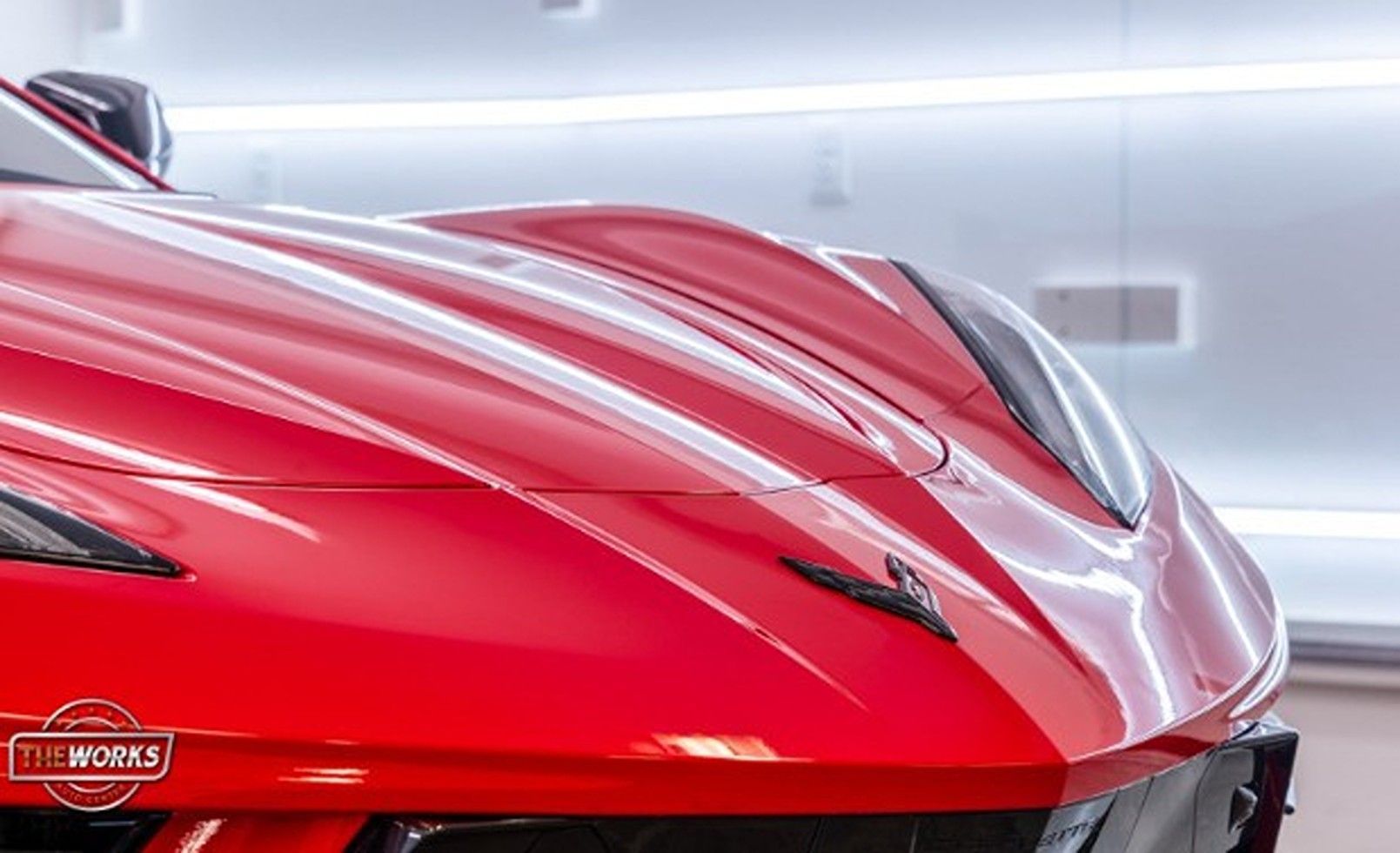
A major issue with the initial paint protection films was their effect on a vehicle's look. These films frequently exhibited a distinct texture and tended to yellow as time passed, diminishing the car's visual appeal. Nonetheless, recent technological progress has resolved these problems, leading to films that are nearly imperceptible and improve the vehicle's shine.
Nano-coating technology, which applies tiny particles to the film's surface, is a feature of many of the newest paint protection films (PPFs). These microscopic particles work to fill in small imperfections, delivering a smoother and clearer finish. Nano-coatings further improve the film's water-repellent features, making water and dirt slide off effortlessly.
Shiny surface coatings
Today's paint protection films come in high-gloss finishes that elevate the appearance of the vehicle's paint, giving it a freshly polished look. The design of these films enhances light reflection, producing a deep, radiant shine that is sure to draw attention.
Personalization and Visual Appeal
As PPF technology advances, its adaptability has also increased. Vehicle owners now have the option to select from a range of finishes and colors to suit their tastes and improve their car's look.
Tinted and matte coatings
Besides the traditional clear PPF, there are now colored and matte finishes available. These choices offer car owners the opportunity to attain distinctive appearances while maintaining the protective benefits of PPF. Matte paint protection film, for instance, can give a vehicle a stylish, contemporary look, while colored PPF can add eye-catching highlights or cover the entire body.
Tailored designs and surfaces
Certain manufacturers provide paint protection film with unique designs and textures, like carbon fiber or brushed metal. You can use these films to highlight specific parts of the vehicle or create a completely unique look. The capacity to customize paint protection film introduces an additional layer of creativity for automotive enthusiasts.
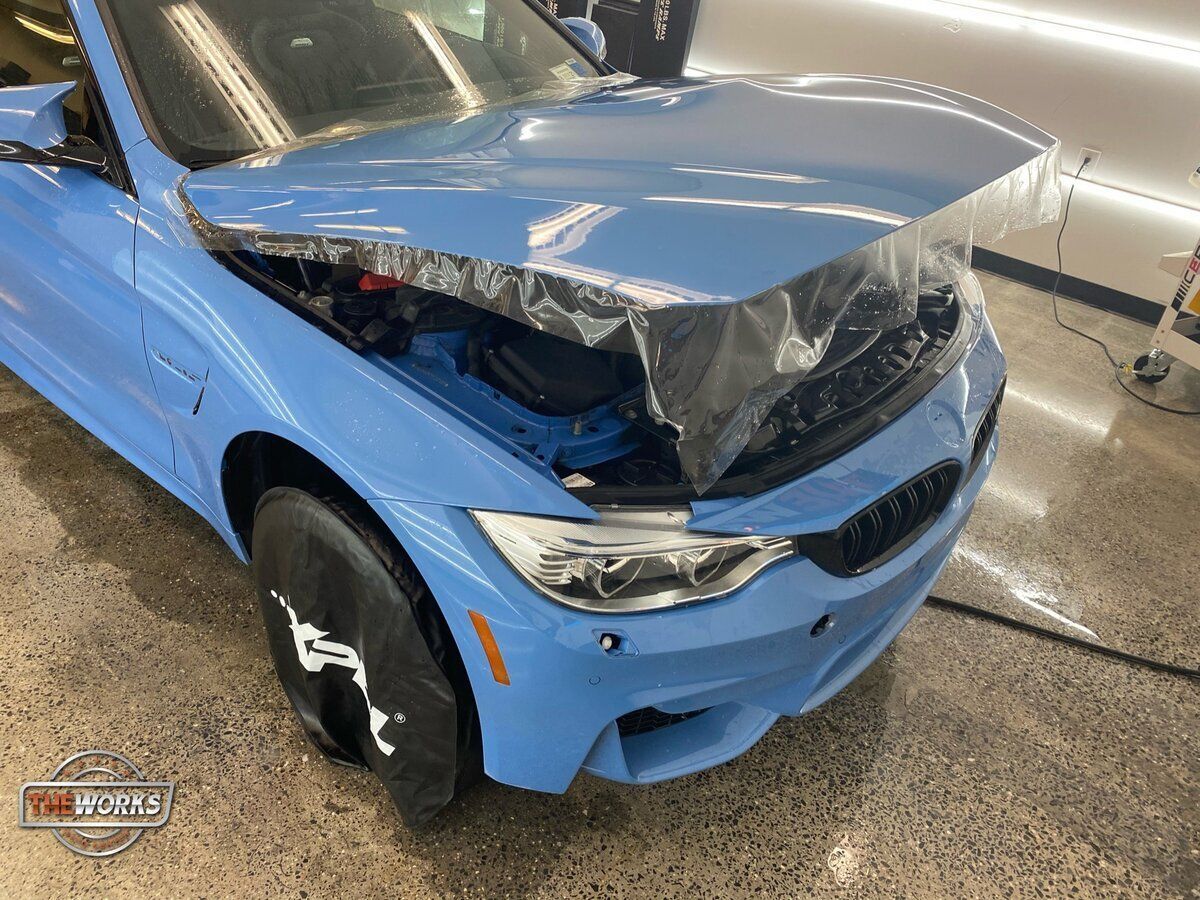
The paint protection film has undergone notable developments. Contemporary installation methods now guarantee a superior fit, enhanced longevity, and a smoother look.
Digitally-Cut Templates
The implementation of computer-cut patterns represents a significant advancement. Installers now employ precision software to design and cut the film to perfectly fit the unique contours of a specific vehicle model, rather than manually cutting it. This guarantees an ideal fit, decreases waste, and shortens the installation period.
Effortless Implementation
Modern methods enable a smooth application with minimal visible seams and joints. Technicians employ techniques such as wrapping the film around the edges and utilizing specialized tools to remove bubbles and wrinkles. The outcome is a sleek, nearly imperceptible protective coating that preserves the car's appearance.
Environmentally-Friendly Alternatives
With the growing emphasis on environmental issues, the automotive sector is increasingly prioritizing sustainability. In response, paint protection film producers are introducing environmentally friendly alternatives.
Formulations with reduced VOCs
Low-VOC (volatile organic compound) formulations create certain contemporary paint protection films. These films emit fewer hazardous chemicals throughout the production and application processes, thereby lessening their environmental footprint.
Materials that can be recycled
Forward-thinking manufacturers are investigating the use of recyclable materials in paint protection film production. Reusing these materials at the end of their lifespan reduces waste and promotes a more sustainable approach to vehicle protection.
What's next for Paint Protection Film?
The progress in paint protection film technology has been remarkable, yet the future holds the promise of even more thrilling innovations. We anticipate that ongoing research and development will yield new materials, enhanced features, and enhanced performance.
Improved Self-Repair
Although the existing self-healing paint protection films (PPFs) are remarkable, upcoming iterations may provide even quicker and more efficient healing capabilities. Scientists are investigating innovative materials and techniques to accelerate the self-repair process to near-instantaneous speeds.
Incorporation with Additional Technologies
Another intriguing prospect is the combination of PPF with various vehicle technologies. For instance, you could combine PPF with paint protection or ceramic coatings to create a layered shield system. This combination has the potential to provide unmatched protection and longevity.
Recent advancements in paint protection film technology have made it a crucial asset for maintaining vehicles. Contemporary PPF provides many advantages to automobile owners, including self-repairing properties, increased resilience, better transparency, and personalization options. With ongoing technological advancements, we can anticipate even more thrilling progressions in the realm of paint protection film.
Opting for premium PPF is a wise decision for those aiming to preserve their vehicle’s aesthetics and worth. Thanks to recent innovations, paint protection film not only safeguards your car but also accentuates its appearance, keeping it in pristine condition for an extended period. Whether you love cars or just drive them for work, knowing about these advances will help you choose the best maintenance options.
Are you ready to defend your vehicle?
If you're looking for the best in paint protection film technology,
The Works Auto Center is your ultimate destination. Our expert technicians, state-of-the-art facilities, and premium-quality films ensure that your vehicle receives unparalleled protection and care.
Book us today to learn more about our services and schedule an appointment. Your car deserves the best, and at The Works Auto Center, we deliver nothing less.


